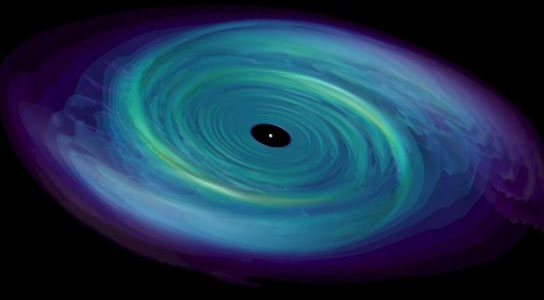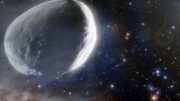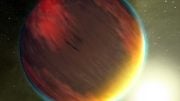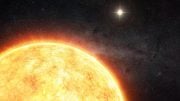
The two largest black holes discovered are in galaxies NGC 3842 and NGC 4889, with masses of about 10 billion and up to 37 billion suns, respectively.
Huge. Massive. Gigantic. Monstrous. Ginormous. Words fail to describe two huge black holes that may be the largest ever measured. Supermassive black holes inhabit most large galaxies, but these are super-huge light-sucking monstrosities.
The first is in galaxy NGC 3842 and it has a mass of about 10 billion suns, while NGC 4889’s monster could weigh up to 37 billion suns, according to Nicholas McConnell at the University of California, Berkeley. They are able to get the estimates by observing the motion of stars near these galaxies’ cores, because a black hole’s mass determines how fast objects orbit around them.
However, it’s not as straightforward as that. For instance, in 2008, a mass of 18 billion suns was claimed for the black hole inside a distant bright galaxy called OJ287. But this is an assumption based on the thought that periodic flares from OJ287 are created by a second black hole orbiting the first. As McConnell says, “Observations cannot rule out alternative ways of creating those outbursts.”
However the main point remains the same; something that any laymen can understand, these two new black holes are honking big.









Try “largest ever”.
Can a massive black hole swallow a smaller black hole ??
YEP!, and the bigger black hole grows larger as a result!
absolutely awesome knowledge and